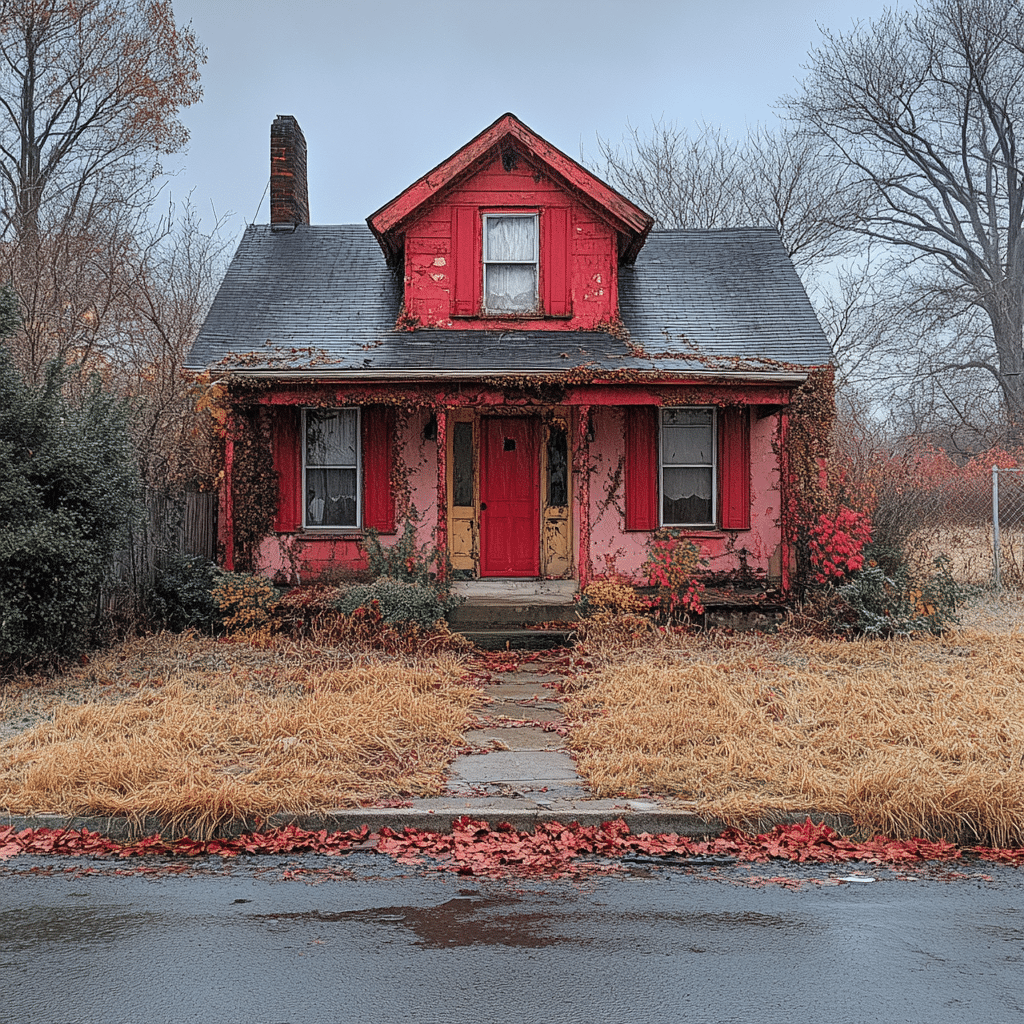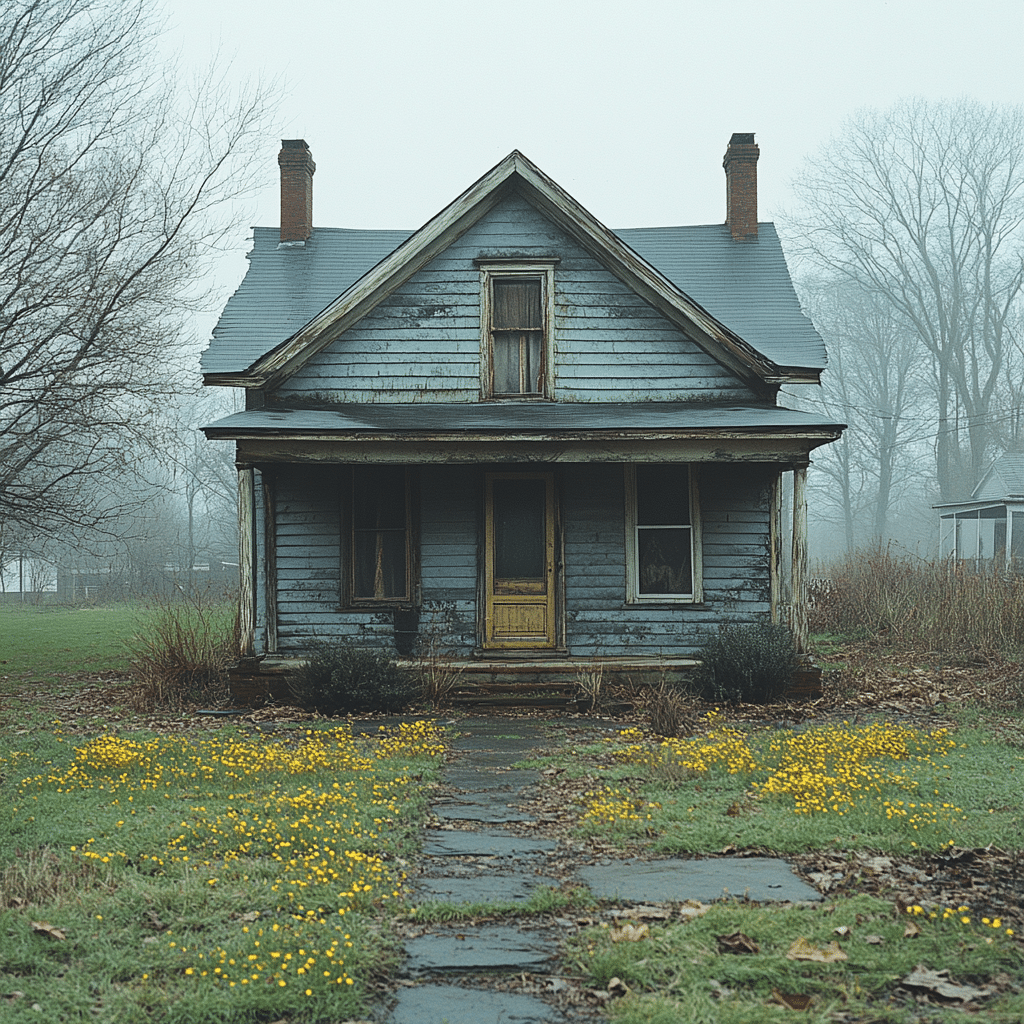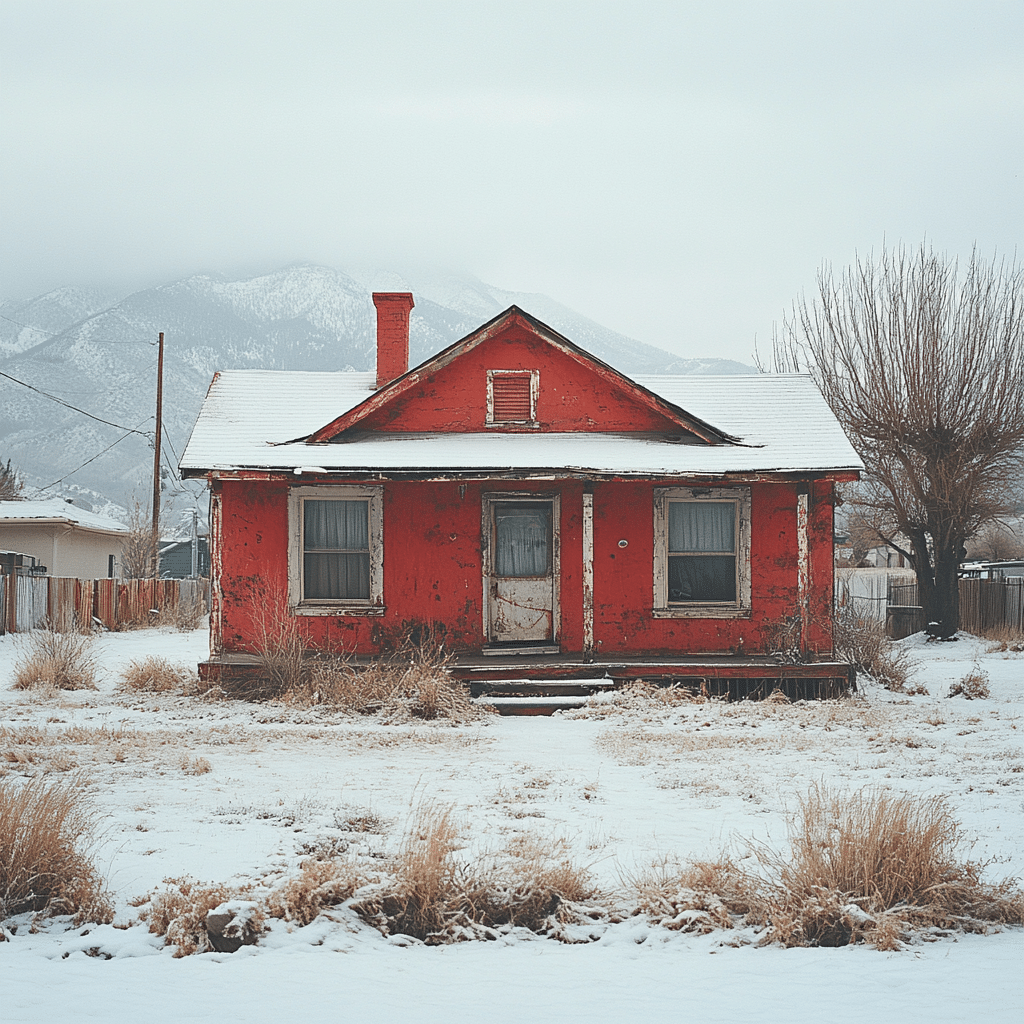The phenomenon of empty US homes is reaching alarming levels. As of 2024, recent estimates indicate that over 1.5 million properties across the country are sitting vacant. This situation isn’t just a minor issue; it’s a complex web of socioeconomic factors, shifting urban preferences, and changing demographics. Cities like Detroit and Flint, Michigan, serve as prime examples, showcasing the effects of economic decline while highlighting the broader trends influencing the landscape of abandoned homes.
Key Statistics
To fully grasp the scope of this issue, it’s important to examine the statistics. The national vacancy rate has increased steadily over the past decade. For context, from 2018 to 2024, we’ve seen an uptick in the percentage of vacant properties, particularly in regions heavily impacted by economic downturns. The Rust Belt regions, like Pennsylvania and Ohio, face significant challenges, while areas in California grapple with the dual challenge of high costs and extensive vacant homes.
Highlights:

7 Reasons Why US Homes Are So Often Left Empty
The trend of empty US homes can be traced back to multiple intertwined factors. It’s not an overnight situation; it’s been brewing for decades. Let’s break down the seven pivotal reasons behind the rising tide of abandonments across the country.
1. Economic Decline and Job Losses
Take Flint, Michigan, for example. The city has endured decades of industrial downturn, causing families to leave in search of better opportunities. This exodus has left countless houses empty, contributing tremendously to the growing number of vacant homes.
2. The Growing Appeal of Fixer-Uppers
Today, many potential buyers are drawn to fixer-upper houses rather than settled homes. The DIY culture is a major player in this shift, especially in neighborhoods like South Side Chicago, where homes needing significant renovations are seen as investment opportunities. Unfortunately, this trend pushes conventional, well-maintained homes into a state of neglect.
3. Downsizing Trends Among Baby Boomers
As baby boomers are opting for the simpler pleasures of life, many are downsizing. They’re transitioning from larger family homes to compact residences or duplexes, leaving many of those larger properties behind. This trend particularly impacts suburban areas where the demand for oversized homes has drastically decreased.
4. Stricter Lending Practices
After the housing crisis, banks tightened their lending criteria. Essentially, this means that fewer people qualify for home loans today, leaving ample houses sitting vacant for too long. In fact, many previously affordable homes have become out of reach for the average American.
5. Changing Urban Preferences
There’s a clear shift happening, with younger generations flocking to urban areas for work. This urban preference has significantly impacted suburban neighborhoods. Long Island, for instance, is grappling with increased vacancies in residential homes as young professionals seek the vibrancy of city living.
6. The Impact of Foreclosure and Abandoned Developments
The foreclosure crisis hit various states like Nevada particularly hard. Countless homes fell victim to abandonment after families lost their ability to pay. Additionally, failed developments lead to ghost neighborhoods filled with empty lots and incomplete properties, compounding the issue.
7. Natural Disasters and Climate Change
Natural disasters are reshaping entire communities. Hurricane Katrina left behind a trail of empty homes in New Orleans. Furthermore, climate change impacts, like rising sea levels or extreme weather, drive people away. This uncertain future leaves many neighborhoods feeling unsafe, promoting mass departures.

The Role of Fixer-Uppers in Addressing Vacant Properties
Despite the challenges of empty US homes, there exists an inspiring movement focusing on rehabilitating these fixer-upper properties. Various organizations and individuals have taken up the mantle to revitalize these homes and transform them into livable spaces. One notable organization is Habitat for Humanity, which actively works to restore communities and improve living conditions.
Benefits of Investing in Fixer-Uppers
Investing in fixer-uppers not only breathes life back into neighborhoods but also offers financial advantages. Those willing to take a risk on a property often find their investment pays off, both personally and financially. Successful stories abound of individuals who have turned dilapidated properties into gorgeous homes.
Key Benefits:
The Future of Empty US Homes: Opportunities for Change
As we confront the ongoing crisis of vacant homes, innovative strategies are emerging to transform these liabilities into assets. Government incentives and community-led initiatives offer pathways to guide communities towards revitalization.
Case Study: New Orleans’ Recovery
New Orleans stands out as a model of recovery after natural disasters. Their strategies include community engagement and revival projects targeting abandoned homes. These tactics illustrate how a city can rise from ruination and transform empty residences into thriving neighborhoods.
Reimagining Our Urban Spaces
Reflecting on the issue of empty US homes reveals far more than mere numbers; it signifies broader themes in housing, economics, and personal narratives. The challenge ahead lies in evolving these vacant structures into homes that resonate with today’s needs. If communities can address economic disparities and invest in the appeal of fixer-uppers, a future filled with cherished homes instead of abandoned ones can emerge. While the situation appears troubling, it opens unique avenues for renewal and revitalization in America’s residential landscape.
In this intricate journey to reclaim and repurpose empty US homes, it’s crucial to recognize the potential for positive change, leading to richer, more vibrant communities across the nation. After all, at the end of the day, everyone deserves a place they can call home.
Empty US Homes: Interesting Trivia and Facts
The Big Picture of Empty US Homes
Did you know that there are over 16 million empty homes in the United States? This staggering number of empty US homes raises eyebrows, especially when you consider the fact that the population in major cities continues to grow, which you can check out on our site detailing the population by Cities in Us. Many folks have packed up and left, whether due to job opportunities, natural disasters, or economic downturns. The reality is that some of these homes have been abandoned for years, turning into nothing more than dilapidated reminders of what once was.
And speaking of reminders, did you know that some properties are being resurrected by innovative programs and individuals such as Steve Wilks? As you might know, he’s pushing for revitalization in some areas heavily impacted by housing shortages. Finding ways to repurpose or renovate these empty US homes could very well change the game for communities on the brink of decay. The more we engage with this issue, the more exciting stories we uncover—kind of like venturing into an old house and discovering hidden treasures!
Money Matters and Empty Houses
Let’s dive a little deeper, shall we? Empty US homes also highlight intriguing financial dynamics. For example, the cost of maintaining an empty home can be quite the burden, especially when it comes to property taxes and homeowners’ association fees. You might want to use a Piti Calc to understand how these expenses stack up compared to occupied homes. Interestingly, some people look to platforms like Villaow for investment opportunities in these empty properties, hoping to transform them into thriving rental units or personal residences.
Now, if you’re into finance, you’ve probably heard about the long-term mortgage options, like a 30-year mortgage. This option can make a home more accessible for buyers, but is it worth it if the neighborhood around it has a high number of empty homes? This question’s been rattling in the minds of many would-be homeowners. Investing in these spaces could be a gamble, and some folks have been skeptical, especially if they’re faced with empty properties that tell tales of past failures.
Local Impact on Communities
The state of empty US homes can significantly affect local economies and even the cultural vibe of neighborhoods. Many cities have seen a rise in these empty properties—often interspersed with community art projects or pop-up events meant to breathe life back into these areas. And did you know that as communities attempt to revitalize these regions, some are even offering special deals, akin to the Pi Day Pizza Deals seen around March 14th? It’s a clever strategy to lure people into exploring neighborhoods dotted with empty US homes and vacant storefronts.
Additionally, for those pondering living arrangements in Maryland, the phenomenon of empty US homes highlights important considerations in the housing market. The minimum wage in Maryland may not support homebuying when so many properties sit unused. It’s a paradox—while some homes await occupants, others find residents struggling to make ends meet. How should we tackle this issue? The answer may lie in blending community-based solutions with affordable housing initiatives. While we ponder possibilities, let’s not forget that homes, filled or empty, carry stories just waiting to be told, reminding us of our shared journey.




